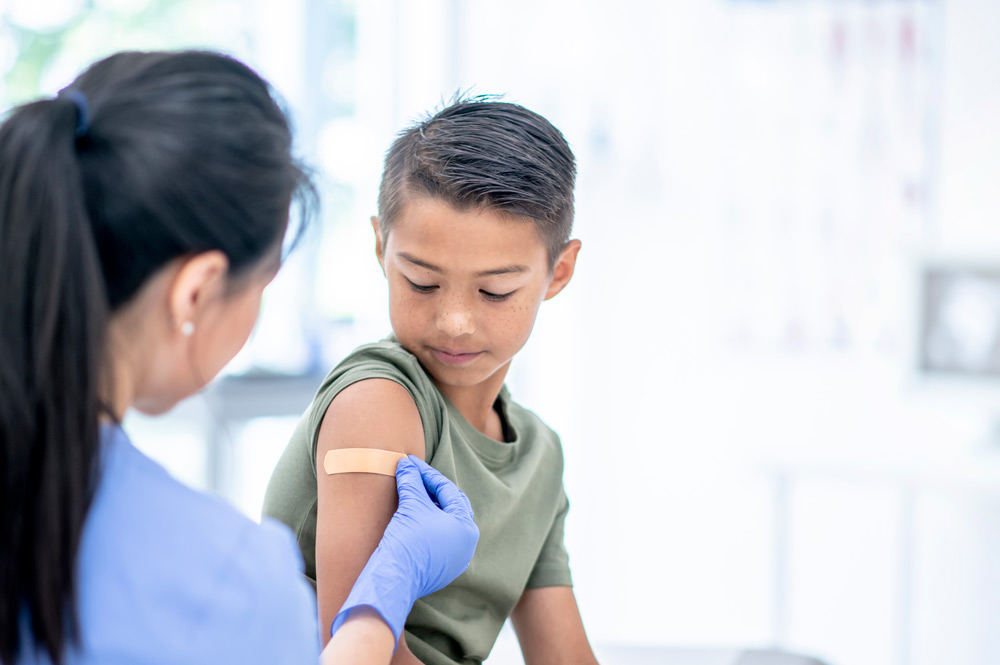Meningococcal disease is caused by a harmless bacteria found in the nose and throat, can be a serious threat to health, particularly in adolescents and young adults. It is oftenspread through close contact with an infected person via coughing, sneezing or kissing. Understanding this disease, its symptoms, risks, and prevention measures is crucial for maintaining public health and preventing outbreaks. In this article, we’ll delve into the key aspects of meningococcal disease to shed light on its significance and how it can be managed!
Symptoms to watch for!
While meningococcal disease is rare in children, it can lead to serious long-term disability or death if not diagnosed and treated promptly. Fortunately, most individuals. survive meningococcal disease.
The symptoms of meningococcal disease can vary but often include:
- High fever
- Severe headache
- Refusal to eat
- Sensitivity to light
- Confusion
- Pale or Blotchy skin
These symptoms can develop rapidly over the course of a few hours or days – in the later stages of meningococcal disease, the bacteria can enter the blood stream and damage the walls of the blood vessels, causing a purple rash. It is best to act fast and seek medical attention before this stage is reached.
Who is at Risk?
While meningococcal disease can affect individuals of any age, certain groups are at higher risk, including:
- Adolescents between 15 and 19
- Infants: Especially those under the age of 2.
Is Meningococcal Disease Serious?
While meningococcal disease is rare in children, it can lead to serious long-term disability or death if not diagnosed and treated promptly. Fortunately, most individuals survive with timely medical intervention

Treatment and Prevention
Treatment for meningococcal disease typically involves antibiotics to kill the bacteria and supportive care to manage symptoms.
Vaccination is also a key component of prevention efforts!
In addition to vaccination, other preventive measures include:
- Maintaining good hygiene: regular handwashing can help reduce the spread of respiratory and throat secretions.
- Avoiding close contact with sick individuals: especially those diagnosed with meningococcal disease.
- Covering your mouth and nose when coughing or sneezing. This helps prevent spread of respiratory droplets.

Conclusion
Meningococcal disease remains a significant public health concern, particularly for infants, adolescents and young adults. Understanding its symptoms, risks, and preventive measures is essential for both individuals and communities to minimize its impact. By staying informed and taking proactive steps such as vaccination and practicing good hygiene, we can work towards reducing the incidence of meningococcal disease and safeguarding public heal